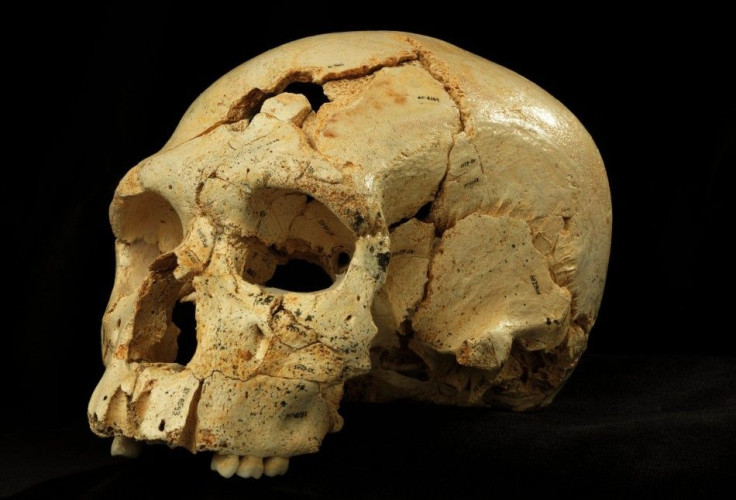Ancient Teeth Of Modern Human Species Discovered In Italy

Researchers have claimed that the dental remains recovered from two different ancient sites are associated with the emergence of the modern human in Western Europe. According to the researchers, the two ancient teeth—found between 1976 and 1992—are the oldest human remains that existed at the time of the last Neanderthals.
The research findings were disclosed by a team of Italian and German researchers who scrutinised the two deciduous 41,000 years old teeth samples excavated from the North Italian prehistoric sites of Riparo Bombrini in Western Ligurian Alps and Grotta di Fumane in Western Lessini Mountains. The incisor teeth were discovered long ago, however, researchers had struggled since then to establish its origin.
During the study, physical anthropologist Stefano Benazzi and his colleagues compared the teeth with the existing fossil records and made use of the remaining enamel on the ancient teeth for analysis. One of the two teeth samples was found to possess mitochondrial DNA.The same was then compared to the version of the mitochondrial DNA present in modern-day humans, chimpanzee, Neanderthal and ancient modern humans.
During the comparison, the researchers discovered that the ancient incisors belonged to the modern human species, confirming it to be the oldest Aurignacian-culture associated human remains that exist today. The researchers believe that the study findings will help understand the extinction of the Neanderthal and its link with modern-day humans.
“It means that the arrival of members of our species (Homo sapiens) in Europe belonging to the Protoaurignacian culture may have been the ultimate cause for the demise of Neanderthals, which likely disappeared around 39,000 years ago,” said Benazzi, reported Gulf News Italy.
The study has been published in the journal of Science.
To report a problem or to leave a feedback on the article, send an e-mail to emailtoguneet@gmail.com.





















